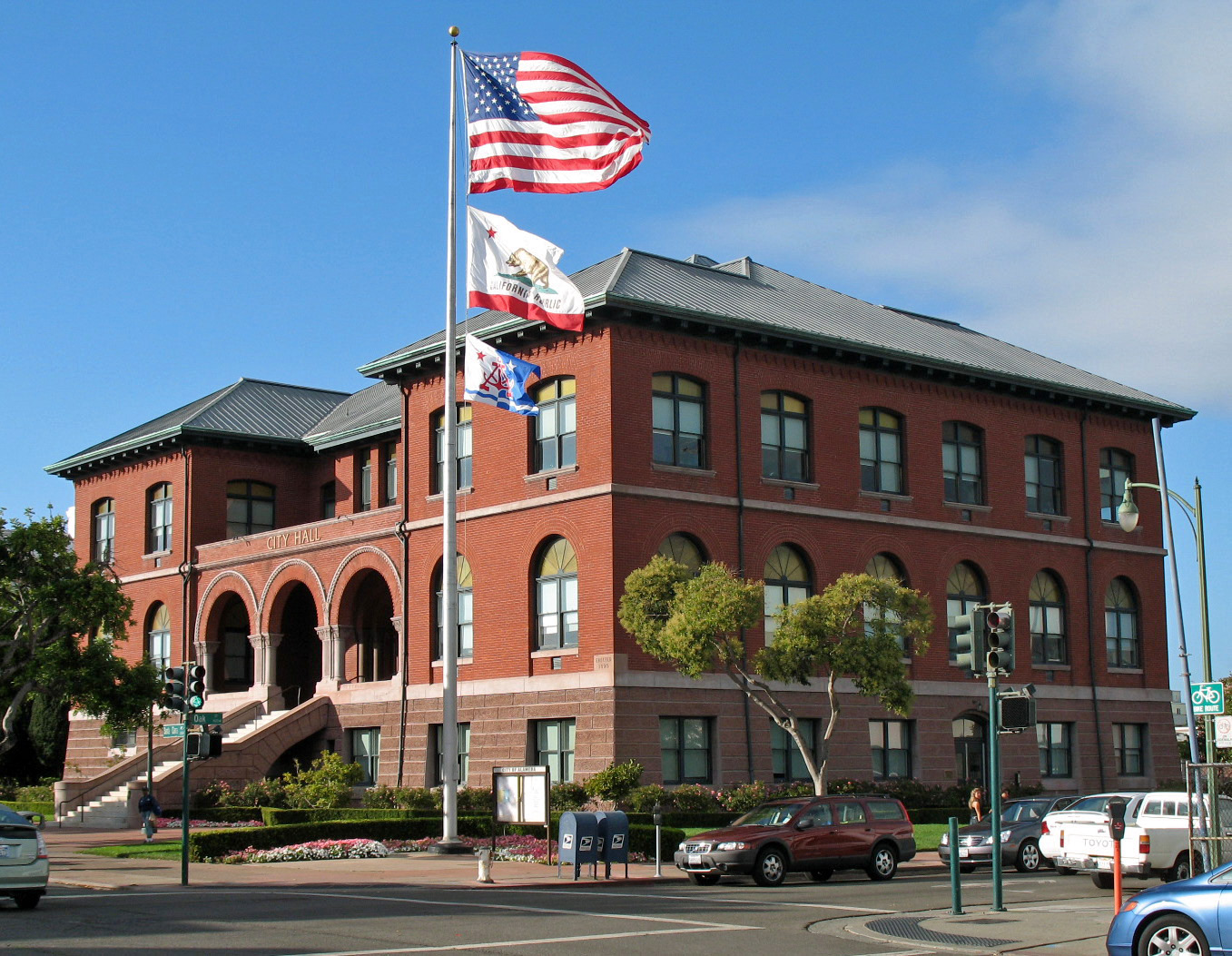By Steven Tavares.
A controversial proposal to install 13 Automated License-Plate Readers (ALPRs) mounted at fixed points around Alameda’s bridges and exit points may have had a slight majority Tuesday night if not for recent news reports that detailed the vendor’s involvement with the U.S. Immigration, Customs Enforcement. The disclosure persuaded the City Council to re-evaluate its surveillance policies and potentially seeking other license-plate reader companies in the future.
The council voted unanimously to allocate the $500,000 proposed for the mounted ALPRs back to the Alameda Police Department for equipment and technology. A motion by Alameda Councilmember Malia Vella was also approved that maintains the council’s power to offer input and review future surveillance policies, along with a hand in creating the city’s procurement of bids for future surveillance contracts.
Vigilant Solutions, the vendor proposing to furnish Alameda with the automated surveillance cameras, appeared to foster great concern among the council after it was learned the company recently signed a contract with ICE. Causing further consternation is that the Alameda City Council voted to declare itself a sanctuary city just over a year ago. Approval of the allocation for the cameras ran the clear risk of circumventing the council’s celebrated decision to protect immigrants and racial minorities.
Alameda Police Chief Paul Rolleri, furthered the council’s concern when he admitted his department had only learned that data from its existing four vehicle-mounted ALPRs could be accessed by ICE. The data stream was shut off last week, said Rolleri.
Rolleri’s presentation was preceded by another in which he reported the city is in the midst of 30-year reduction in crime. However, an uptick in break-ins last year contributed to a slight increase in the crime rate. Rolleri acknowledged the relatively low crime rate, but added, he fears a spike in crime is coming. “I’m also scared that we’ve bottomed out,” he said of the crime rate.
Numerous members of the public testified a rise in crime was perceived to be greater, necessitating additional tools for the city’s understaffed police force. Others doubted whether true privacy actually exists anymore in the technology-heavy public domain we live in today.
Spending $500,000, said Vella, was not a worthy investment to tackle merely a slight uptick in crime.
“There isn’t really data that says this will reduce crime,” she added.
Rolleri also fought off suggestions in the public that the ALPR proposal was rooted in historic racist attitudes in Alameda and fears of outsiders, primarily from neighboring Oakland, committing crimes on the island. “I’m not afraid of Oakland. Alameda is not afraid of Oakland. This is 100 percent about trying to put a lid on crime in Alameda,” said Rolleri. He added: “These cameras do not care about your race, your gender, your immigration status.”
While Councilmember Frank Matarrese voiced great concern over the capability of the readers to capture large amounts of bulk data, in addition, to unwittingly violated the privacy rights of those whose image is inadvertently captured by the cameras, others acknowledged the specter of the Trump administration within their decision-making process.
Conceptually, Councilmember Marilyn Ezzy Ashcraft said she supported the use of ALPRs in Alameda, as she did four years ago in approving their initial use. “In 2014, we had a different president. Who would have imagined we are where we are today.”
Also distressed by the current administration was Councilmember Jim Oddie, who ominously declared his belief that the country is heading toward fascism. “You know who I don’t trust? And this is different than 2014–the federal government.”
[divider] [/divider]





